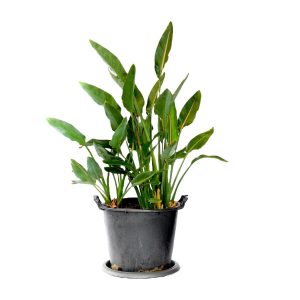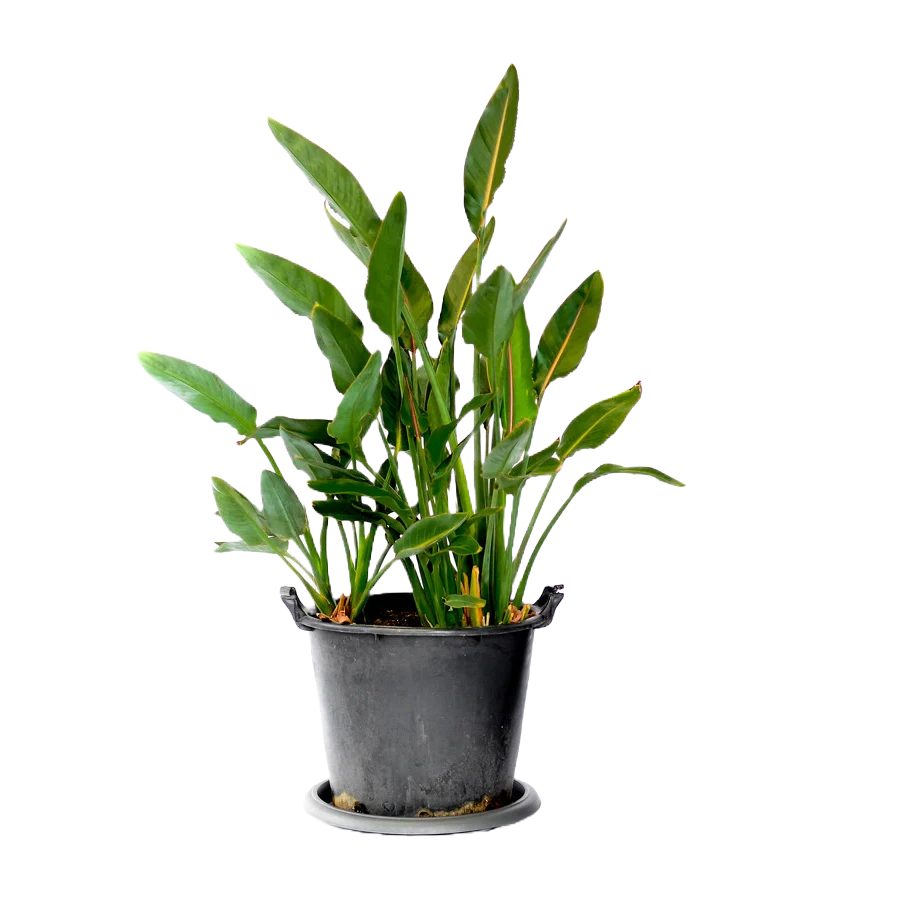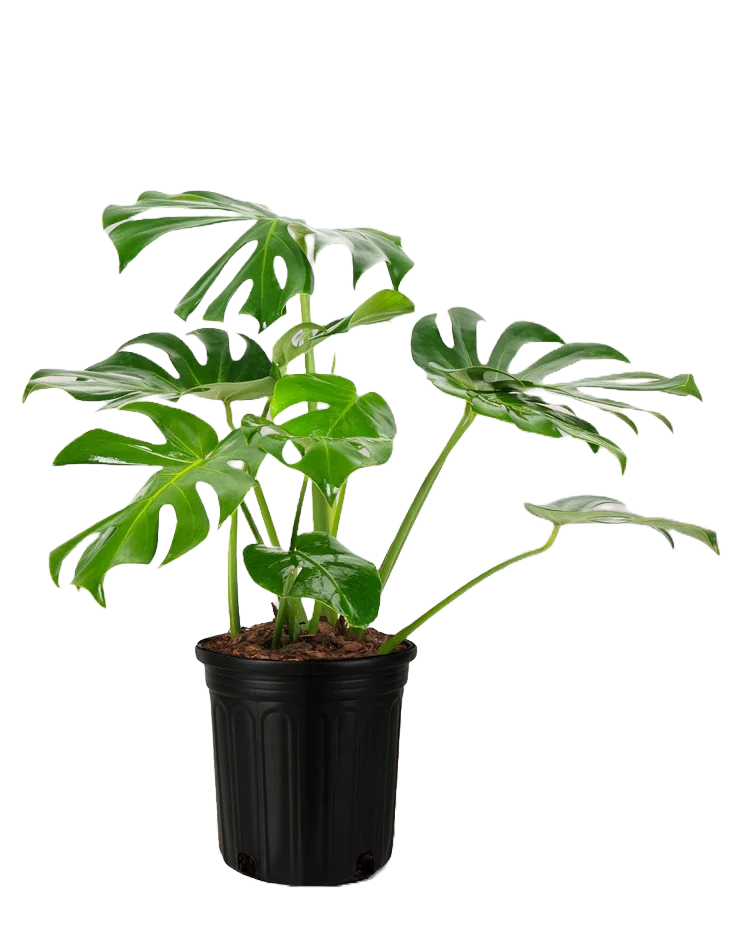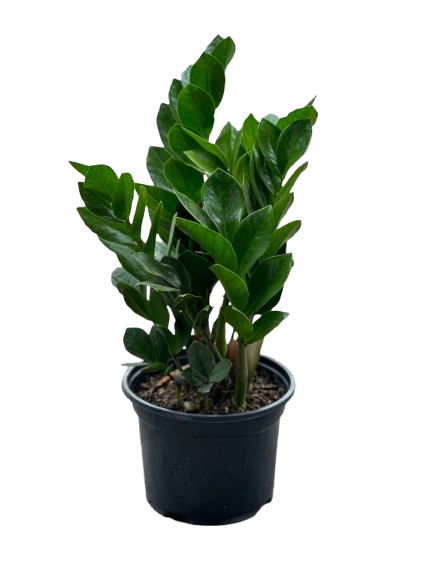Ceanothus, often called the California Lilac, is a stunning ornamental shrub known for its dense clusters of blue, purple, or white flowers and glossy evergreen leaves. Although native to North America, it performs exceptionally well in Kenya’s temperate regions, especially in landscapes that require low-maintenance, drought-tolerant, and visually striking plants. Whether planted as a hedge, border accent, or flowering centerpiece, Ceanothus brings vibrant color and elegance to gardens year-round.
Why Grow This Plant?
- Produces striking blue to purple flowers that attract butterflies and bees.
- Low water requirement — ideal for sustainable, low-maintenance gardens.
- Acts as a natural hedge or privacy shrub.
- Thrives in poor or rocky soils where many plants struggle.
- Evergreen foliage keeps your garden looking lush throughout the year.
Cultural & Historical Significance
Ceanothus has been valued for centuries by Indigenous communities in California and the Western United States. It was traditionally used for herbal teas, natural soaps (due to the saponins in its leaves), and ceremonial offerings. In Europe and Australia, it became popular as an ornamental hedge in cottage-style and coastal gardens. Globally, it symbolizes tranquility, natural harmony, and resilience due to its ability to thrive in dry, rugged landscapes.
Ideal Growing Conditions in Kenya
- Light: Full sun for best flowering; tolerates partial shade.
- Temperature: Performs best in cooler to warm climates (12°C – 26°C).
- Soil: Prefers well-draining soil; avoid heavy clay that holds water.
- Watering: Minimal watering once established; drought tolerant.
- Best Regions: Nairobi, Kiambu, Limuru, Nyeri, Nakuru, Nanyuki, Eldoret.
How to Plant It
- Choose a sunny location with enough space for spreading growth.
- Prepare the ground with loose, well-draining soil.
- Remove the plant from the nursery bag and gently loosen the roots.
- Plant at the same soil level it was growing in, then backfill and lightly firm the soil.
- Water once after planting, then allow the soil to dry between watering.
Care Tips
- Do not overwater — Ceanothus dislikes wet roots.
- Prune lightly after flowering to shape and encourage dense growth.
- Mulch to retain soil moisture but avoid piling mulch directly on the trunk.
- Use an organic slow-release fertilizer once a year in early rainy season.
- Protect from strong coastal winds if planted near the ocean.
Pests & Diseases
- Aphids: Often seen on new flushes — treat with neem oil spray.
- Root Rot: Caused by overwatering or heavy soil — ensure excellent drainage.
- Scale Insects: Remove manually or spray with mild horticultural soap.
Pet Safety
Ceanothus is generally considered non-toxic to cats and dogs, making it safe for pet-friendly gardens.
Growing in Containers
Smaller Ceanothus varieties can be grown in pots on balconies, verandas, and patios. Use a lightweight, well-draining soil mix and avoid frequent watering. Container plants may need pruning to maintain shape and prevent legginess.
Where to Buy This Plant in Kenya
Find healthy Ceanothus shrubs and stylish outdoor planters at:
https://plantify.co.ke
Nationwide delivery available.
Final Thoughts
Ceanothus is an excellent addition to Kenyan gardens seeking low-maintenance beauty and continuous greenery. With its striking flower clusters, evergreen leaves, and drought tolerance, it brings lasting visual appeal while supporting pollinators and conserving water. A rewarding choice for elegant, sustainable landscaping.








